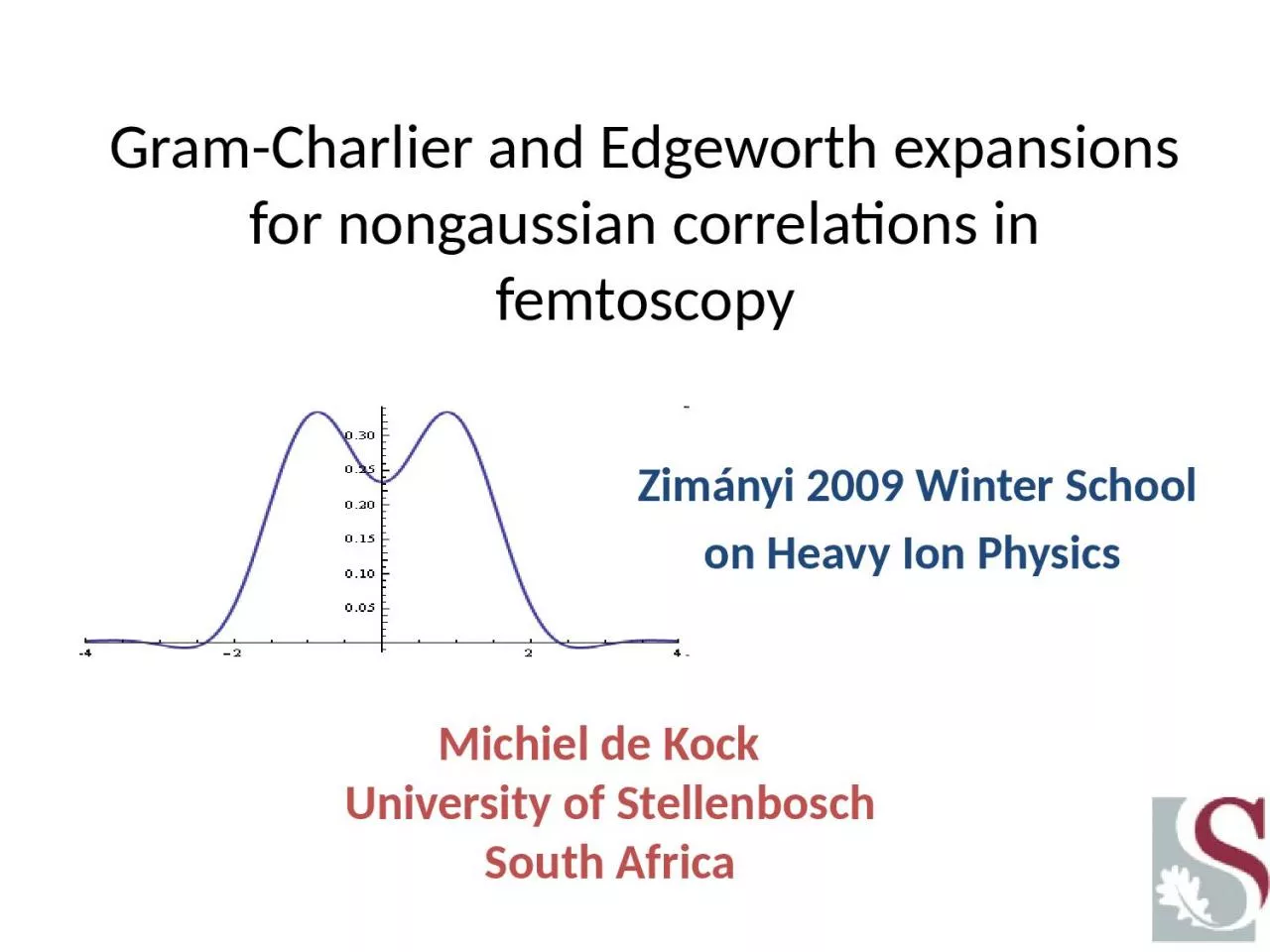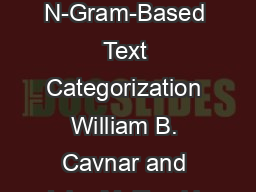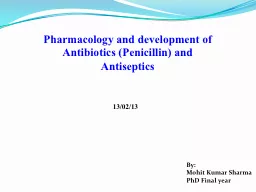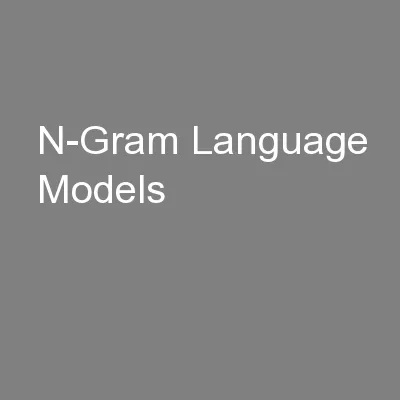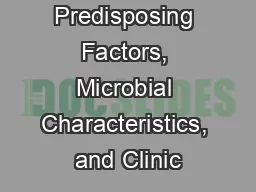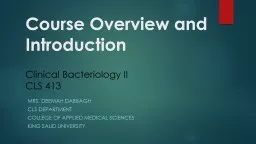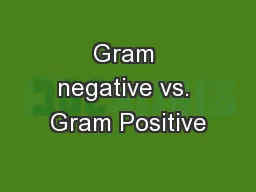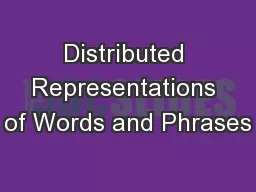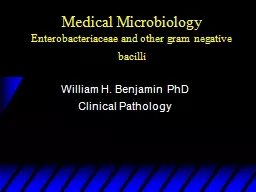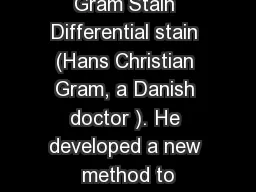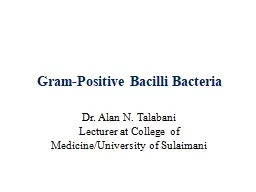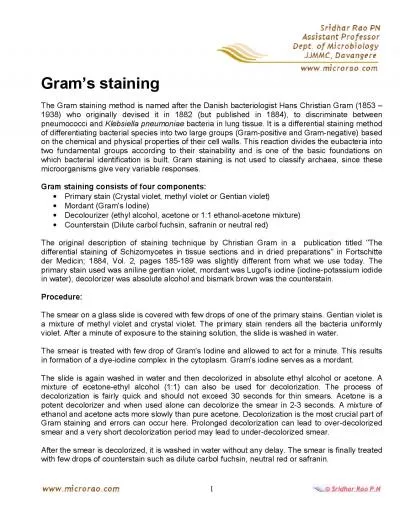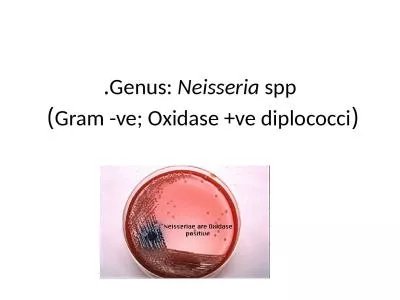PPT-Gram- Charlier and Edgeworth
Author : DreamyDiva | Published Date : 2022-08-03
expansions for nongaussian correlations in femtoscopy Michiel de Kock University of Stellenbosch South Africa Zimányi 2009 Winter School on Heavy Ion
Presentation Embed Code
Download Presentation
Download Presentation The PPT/PDF document "Gram- Charlier and Edgeworth" is the property of its rightful owner. Permission is granted to download and print the materials on this website for personal, non-commercial use only, and to display it on your personal computer provided you do not modify the materials and that you retain all copyright notices contained in the materials. By downloading content from our website, you accept the terms of this agreement.
Gram- Charlier and Edgeworth: Transcript
Download Rules Of Document
"Gram- Charlier and Edgeworth"The content belongs to its owner. You may download and print it for personal use, without modification, and keep all copyright notices. By downloading, you agree to these terms.
Related Documents

